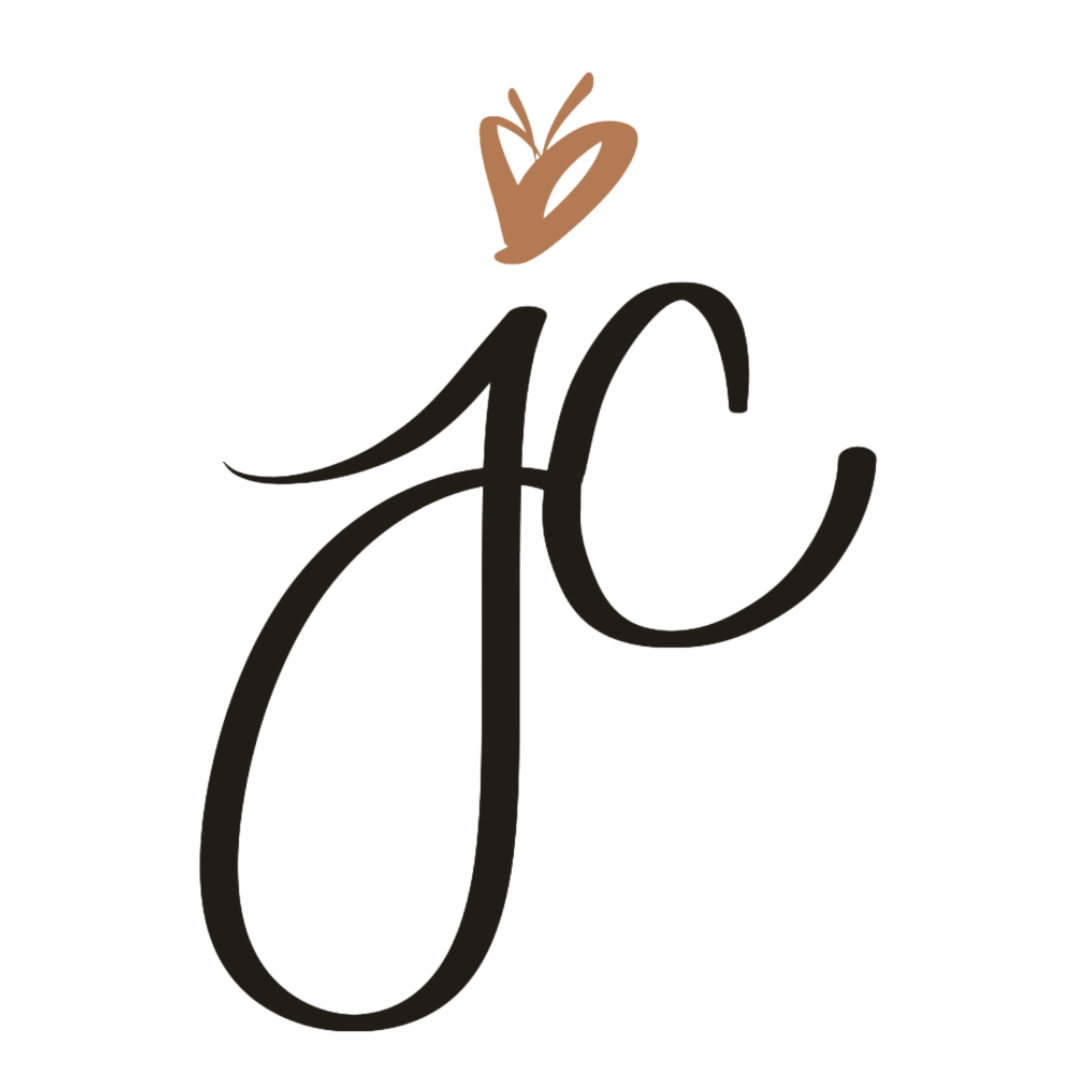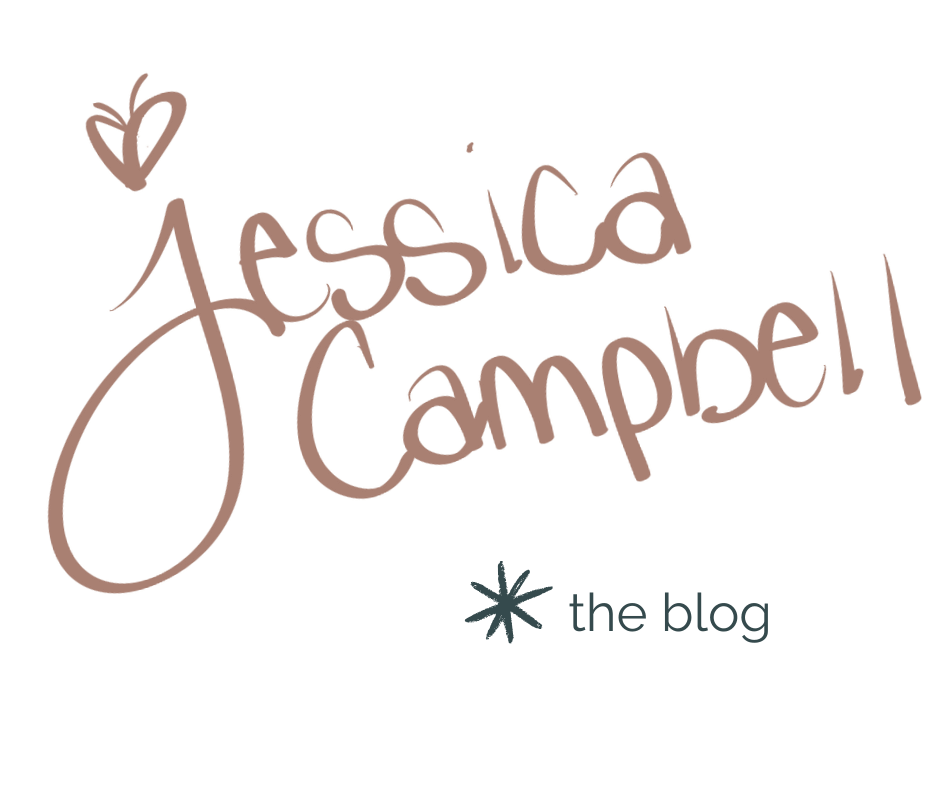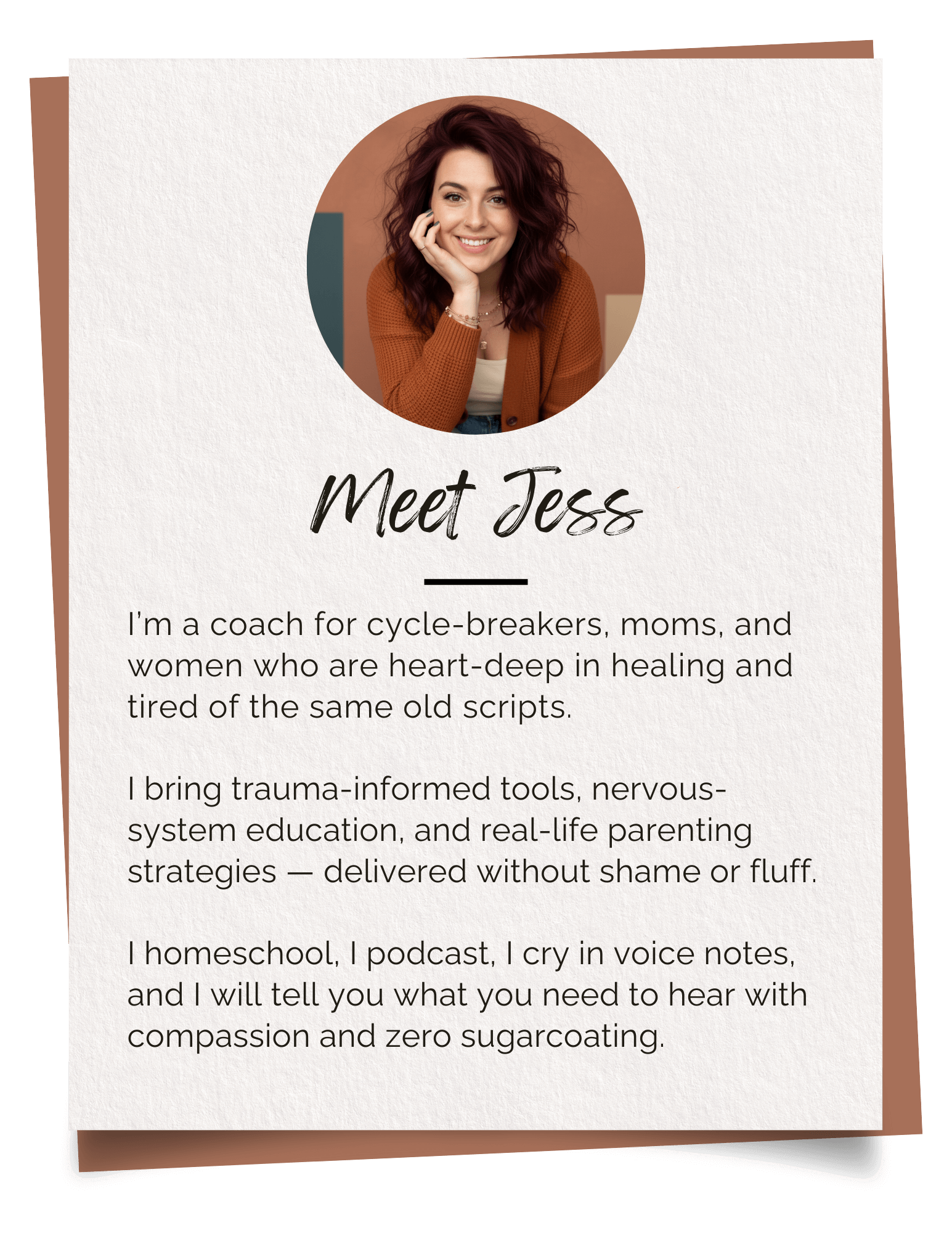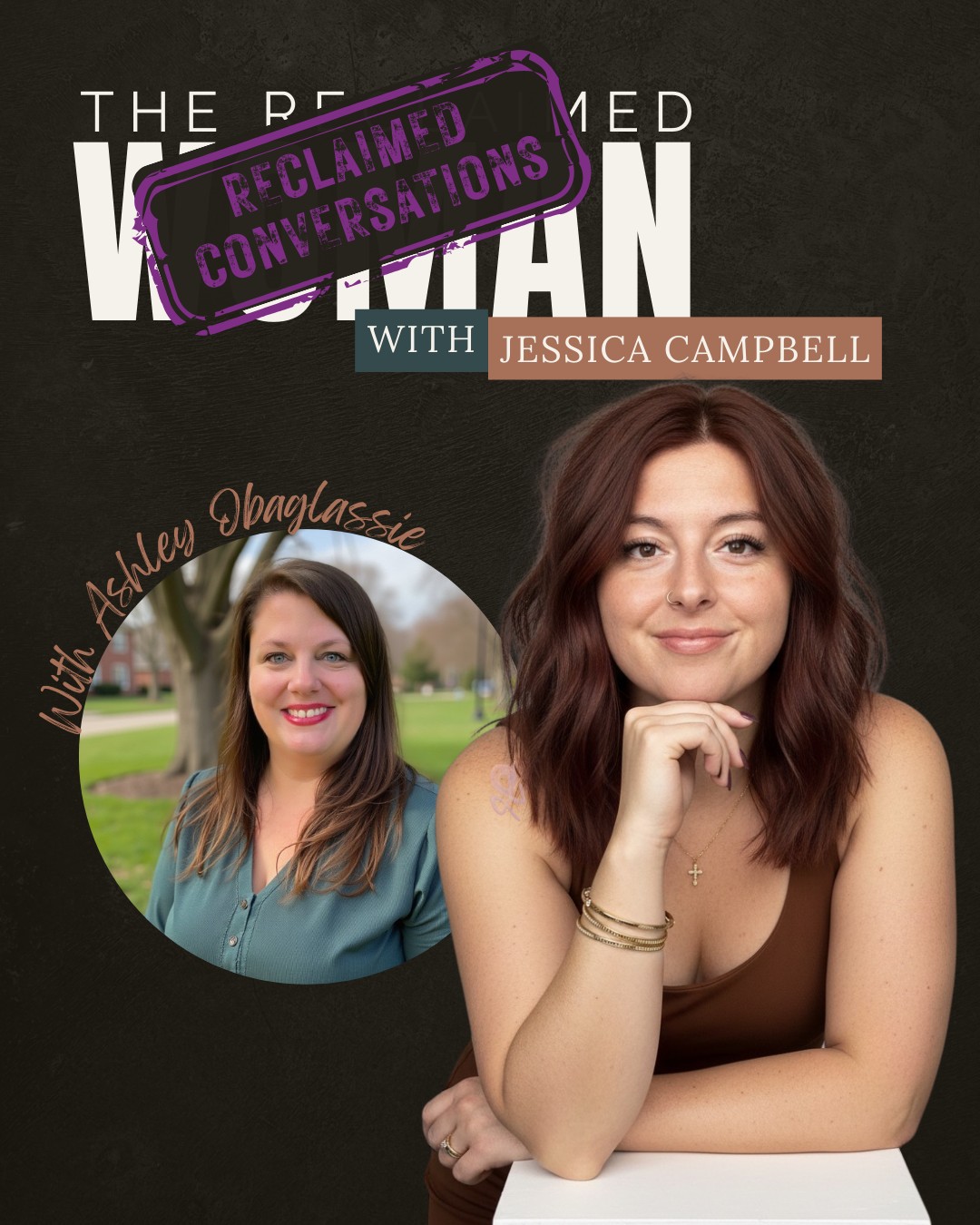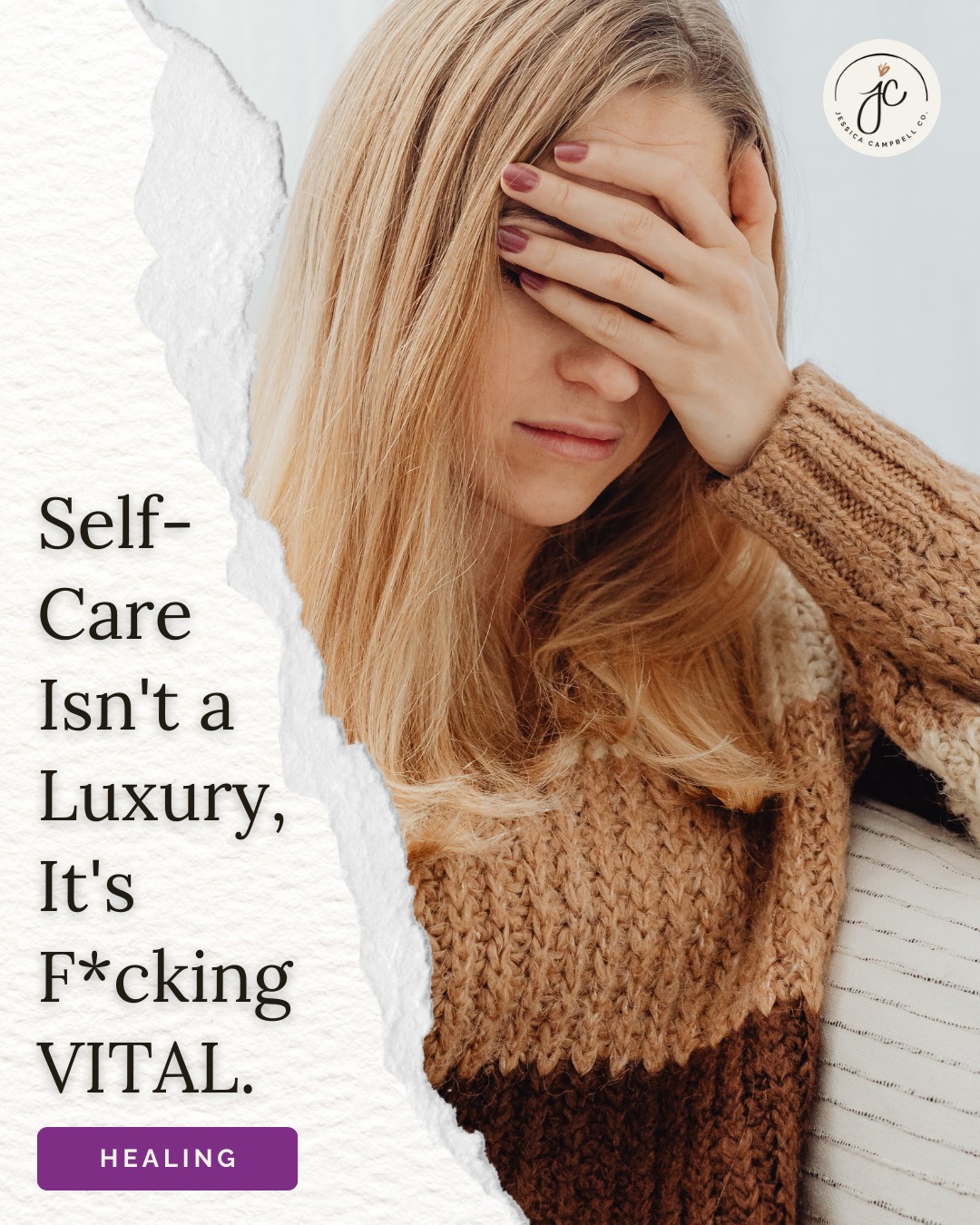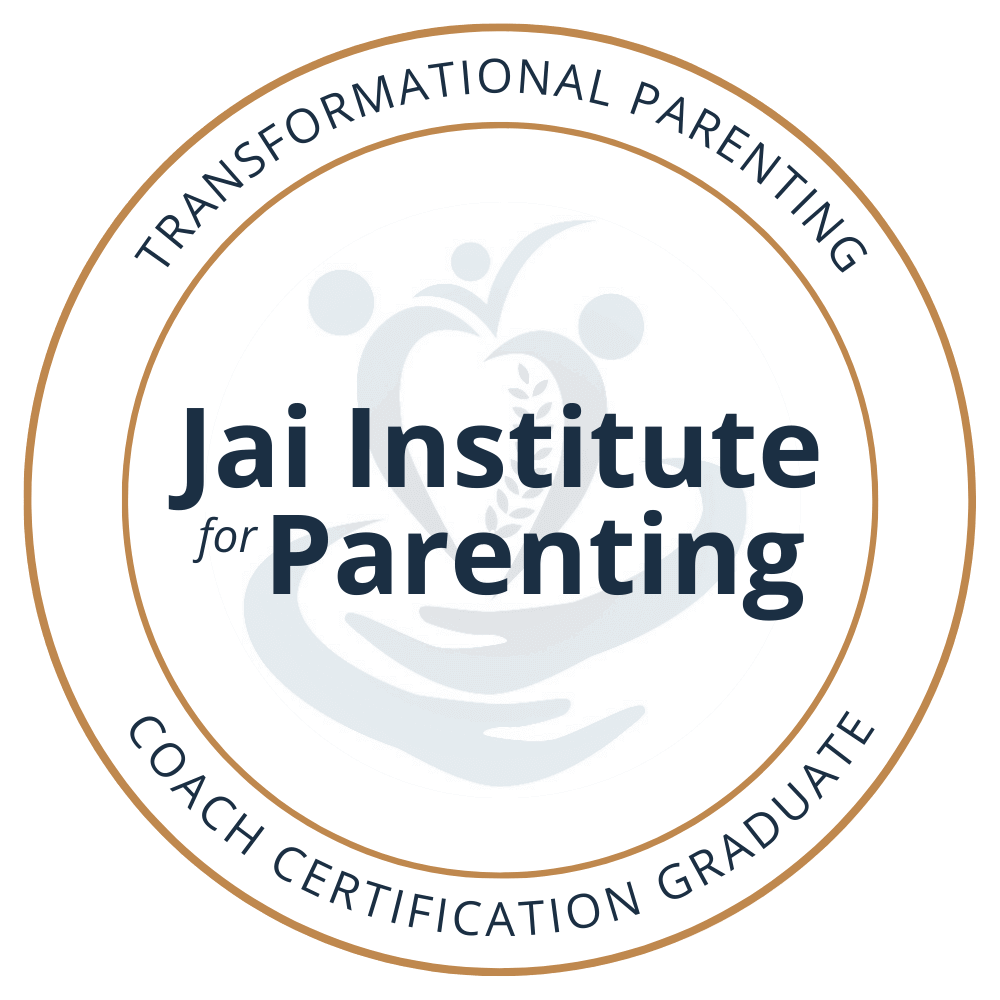Why Good Inside by Dr. Becky Kennedy Is a Lifeline for the Healing Mom
Especially when you're trying not to repeat what your parents did—but you're lowkey spiraling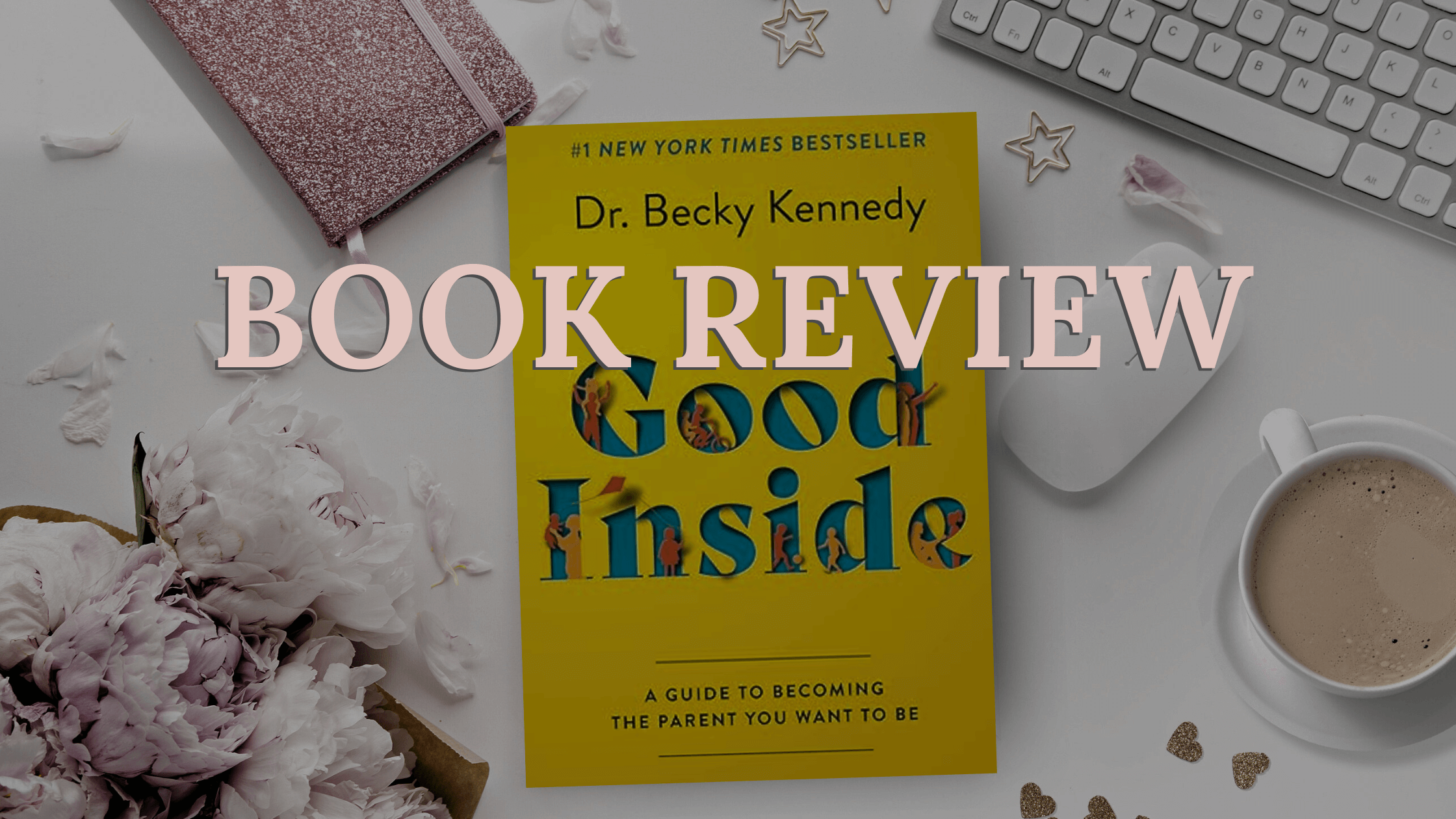
Let’s set the scene: your kid is throwing cereal across the kitchen like it’s a TikTok challenge, and suddenly you’re 7 years old again—being yelled at for spilling milk. Your chest tightens. Your tone sharpens. You swore you’d never be that mom… but there you are.
Enter Dr. Becky Kennedy.
Good Inside: A Guide to Becoming the Parent You Want to Be isn’t just another parenting book. It’s a sanity-saver for the healing mom who is breaking cycles with shaky hands, big emotions, and a fierce desire to do better.
Dr. Becky has been called “the millennial parenting whisperer,” but don’t let that fool you—her work hits every generation of moms ready to rewire their responses, challenge old patterns, and raise emotionally healthy kids without losing their damn minds.
The Core Idea: Your Kid Is Good Inside—And So Are You
That’s the heartbeat of the whole book.
Instead of labeling behavior as “good” or “bad,” Dr. Becky invites us to see all behavior as communication. Your child isn’t broken. They’re not manipulative. They’re not trying to ruin your day.
They’re struggling. And they need connection, not correction.
And guess what?
So are you.
That’s what makes this book so powerful for cycle breakers. It’s not just about parenting your child—it’s about reparenting yourself. Because when your inner child is losing it at the same time your actual child is melting down, it gets messy fast.
Why This Book Hits Different for Cycle Breakers
If you’re a mom who’s trying to show up in ways you never got growing up, Good Inside will feel like a warm hug and a wake-up call.
Dr. Becky blends neuroscience, attachment theory, and real-life examples in a way that’s easy to digest and deeply validating. No shame. No “you’re doing it wrong” vibes. Just helpful insights that hit you right in the chest and make you go: “Okay... that makes so much sense.”
Here’s what stands out for the healing mom:
1. You’re Not a Bad Parent—You’re Just Triggered
We’ve all been there. Your kid says something sassy and suddenly your whole nervous system is on fire. You’re yelling. You’re slamming drawers. You’re crying in the pantry.
Dr. Becky breaks down how our triggers are rooted in cognitive distortions—old beliefs and survival responses that get activated when we feel unsafe, unheard, or out of control.
It’s not about blaming your past. It’s about understanding it so you don’t pass it on.
She gives language to what so many healing moms feel but haven’t been able to name: the dissonance of wanting to be calm, but being hijacked by old wiring.
Her gentle reminder? “You’re a good parent having a hard time.”
2. Repair Over Perfection
Perfection isn’t the goal. Connection is.
Dr. Becky normalizes rupture—and emphasizes repair.
This is a game-changer for any mom stuck in the cycle of guilt and self-blame. If you grew up never hearing an apology from your caregivers, modeling repair will feel foreign AF. But it’s how we teach emotional safety.
One of her key phrases?
“Even good parents mess up. And then they reconnect.”
“Even good parents mess up. And then they reconnect.”
She teaches you how to go back to your child after a blow-up, own your part without shame, and rebuild trust in a way that models accountability and love.
3. Scripts That Actually Sound Like You
This is one of the most practical parts of the book: she gives actual words you can say in the heat of the moment. Not robotic, clinical lines. Not passive fluff.
Like:
- “You’re allowed to feel that way. I’m here with you.”
- “You’re having a hard time, not being a hard kid.”
- “Even when you’re upset, I still want to be close.”
And my personal favorite:
“It’s okay to want that. It’s not okay to hurt people to get it.”
“It’s okay to want that. It’s not okay to hurt people to get it.”
She gives you the language to hold boundaries without disconnecting. That’s gold for the cycle breaker who never had boundaries modeled or respected.
4. Behavior Doesn’t Equal Identity
If you’ve ever thought “Why is my kid acting like a little monster?” this book will slow your roll in the best way.
Dr. Becky teaches that behavior is not a reflection of who your child is—it’s a reflection of what they’re struggling with. This helps you hold a consistent internal view of your child as good inside, even when the behavior is chaotic.
For healing moms, this mindset shift is huge. Especially if you were treated like your big feelings made you bad.
This also applies to you. You’re not a “bad mom” because you lost your patience. You’re not broken because you struggle. You’re good inside too.
5. You Deserve Regulation Too
The book doesn’t just focus on how to handle your child’s emotions. It calls you to care for yours too.
Dr. Becky emphasizes nervous system regulation as foundational—not optional. Because dysregulated parents raise dysregulated kids (no shame, just facts).
She encourages you to pause. Breathe. Get curious about what’s coming up for you.
And she makes it safe to do that.
Because healing while parenting is like learning to swim while holding a toddler. Exhausting, yes. But also brave and beautiful.
Final Thoughts: Why Good Inside Belongs on Every Healing Mom’s Shelf
This book isn’t here to fix your child.
It’s here to heal your lens.
To hold your hand while you shift from survival parenting to conscious connection.
To remind you that parenting from a regulated place isn’t about getting it right—it’s about getting real.
If you’re ready to step off the shame spiral and into grounded, respectful, heartcore parenting… Good Inside will meet you there.
It’s not about controlling your kids.
It’s about leading them with compassion.
And re-parenting the parts of you that didn’t get that the first time around.
Because the most powerful thing you can offer your child… is a parent who’s healing, one breath, one rupture, one repair at a time.
P.S. Want a simple tool to help you through those triggered moments?
Download my free In Case of Emotional Emergency Cheat Sheet—a lifesaver when you’re two seconds from losing your cool. Grounding tips, simple scripts, and a dose of validation, made for the healing, Heartcore mom.
Download my free In Case of Emotional Emergency Cheat Sheet—a lifesaver when you’re two seconds from losing your cool. Grounding tips, simple scripts, and a dose of validation, made for the healing, Heartcore mom.
Why Every Cycle-Breaking, Healing Mom Needs to Read Beyond Behaviors
And what it teaches us about what's really going on with our kids

If you’re a healing mom trying to do things differently than how you were raised—Beyond Behaviors by Dr. Mona Delahooke might just become your new parenting go-to.
This book isn’t just for psychologists or educators. It’s for every cycle breaker who's ever thought:
- “Why won’t my kid just listen?!”
- “Is something wrong with them… or with me?”
- “Why do I feel so triggered by tantrums?”
- “How do I actually help my child, not just control them?”
Dr. Delahooke gently (but powerfully) shifts the entire lens through which we view behavior—moving us away from punishment, sticker charts, and quick fixes, and into the root of what’s really going on: the nervous system.
Let’s unpack what makes this book a must-read for emotionally aware moms doing the deep work.
What Beyond Behaviors Is All About
At its core, Beyond Behaviors introduces a trauma-informed, neurodevelopmental approach to child behavior. Translation? It helps you understand your kid’s meltdowns, shutdowns, or “bad attitude” through the lens of nervous system dysregulation—not manipulation or defiance.
Dr. Delahooke, a clinical psychologist with decades of experience, makes one radical (and scientifically grounded) claim:
Behavior is a communication of an internal state—not a sign of disobedience.
This is the book for the mom who’s tired of yelling. Tired of guilt. Tired of googling “how to get my kid to behave” at 11 p.m.
It’s also for the mom who knows—deep down—that punishments and power struggles aren’t working but doesn’t know what to do instead.
Big Takeaways for Healing Moms
Let’s break down a few transformative ideas from the book and why they matter if you’re a healing mom and cycle breaker.
1. The Behavior Isn’t the Problem
Most traditional parenting models assume the behavior is the issue. But Beyond Behaviors teaches us that behavior is the symptom, not the cause.
When your child is melting down over socks or won’t get in the car seat, your nervous system might scream, “Make it stop!” But Dr. Delahooke asks you to pause and get curious: What’s happening underneath? Is your child overstimulated? Hungry? Disconnected? Or just struggling to self-regulate?
This approach brings compassion without losing structure. It doesn’t mean letting your kid walk all over you. It means decoding the signals with empathy instead of reacting with control.
2. Regulation First, Then Reasoning
Cognitive distortions—those tricky thought patterns we all have, like catastrophizing or black-and-white thinking—don’t just show up in us. Our kids can’t even access higher reasoning when they’re dysregulated. Their brains are literally offline.
This insight alone can be life-changing. It means your job isn’t to “fix the behavior” in the heat of the moment. It’s to create safety first—co-regulating so your child can return to their thinking brain.
As healing moms, we often had the opposite done to us growing up. We were told to “get it together” or “go to our room” instead of being met with understanding. Beyond Behaviors gives us the roadmap to do it differently.
3. The Power of Observation Over Judgment
Dr. Delahooke shares practical tools for observing behavior through what she calls the “Polyvagal lens”—basically, the science of how safety and connection impact the nervous system.
She encourages what she calls "deep seeing"—noticing the body language, facial expressions, and physiological signs that tell you what your child might be feeling before they act out.
It’s a gentle nudge for the healing mom who sometimes slips into old patterns or cognitive distortions like “My kid is being dramatic” or “They’re doing this on purpose.”
Instead, we get curious. We slow down. We look beneath the surface.
Cycle-Breaking Isn’t Always Calm—But It Can Be Conscious
Let’s be real: this kind of parenting isn’t always pretty. It takes self-awareness. It takes deconstructing decades of conditioning. It takes regulation when your own nervous system is screaming “Fight or flight!”
That’s why Beyond Behaviors is so validating for the cycle-breaking mom. It doesn’t shame you for being triggered or having a short fuse. It equips you with tools that meet you with grace and accountability.
It helps you stop taking your child’s behavior personally—and start seeing it as an opportunity for connection, not correction.
Who Should Read This Book?
Honestly? Anyone who works with, lives with, or loves children. But especially:
- Healing moms who want to ditch punishment-based parenting
- Parents of neurodivergent kiddos or kids with trauma histories
- Cycle breakers doing the deep work of reparenting themselves
- Educators, therapists, and caregivers seeking trauma-informed approaches
Final Thoughts: A Book That Changes More Than Just Parenting
Reading Beyond Behaviors is more than just a parenting strategy upgrade. It’s a nervous system shift.
It will challenge you. It will stretch you. But it will also empower you to lead your family with empathy, science, and emotional safety—something many of us never got growing up.
If you’re a healing mom who’s tired of yelling and ready to raise emotionally resilient kids without losing yourself in the process—this book is a damn good place to start.
Because the truth is: you’re not just raising children.
You’re healing generations.
And that? That’s the most Heartcore thing you could ever do.
P.S. Want more support on your cycle-breaking journey?
Grab my free In Case of Emotional Emergency Cheat Sheet—your go-to tool for when sh*t hits the fan and your nervous system is fried. It’s got scripts, grounding tools, and quick reminders to keep you regulated when your kid is losing it (or you are).
